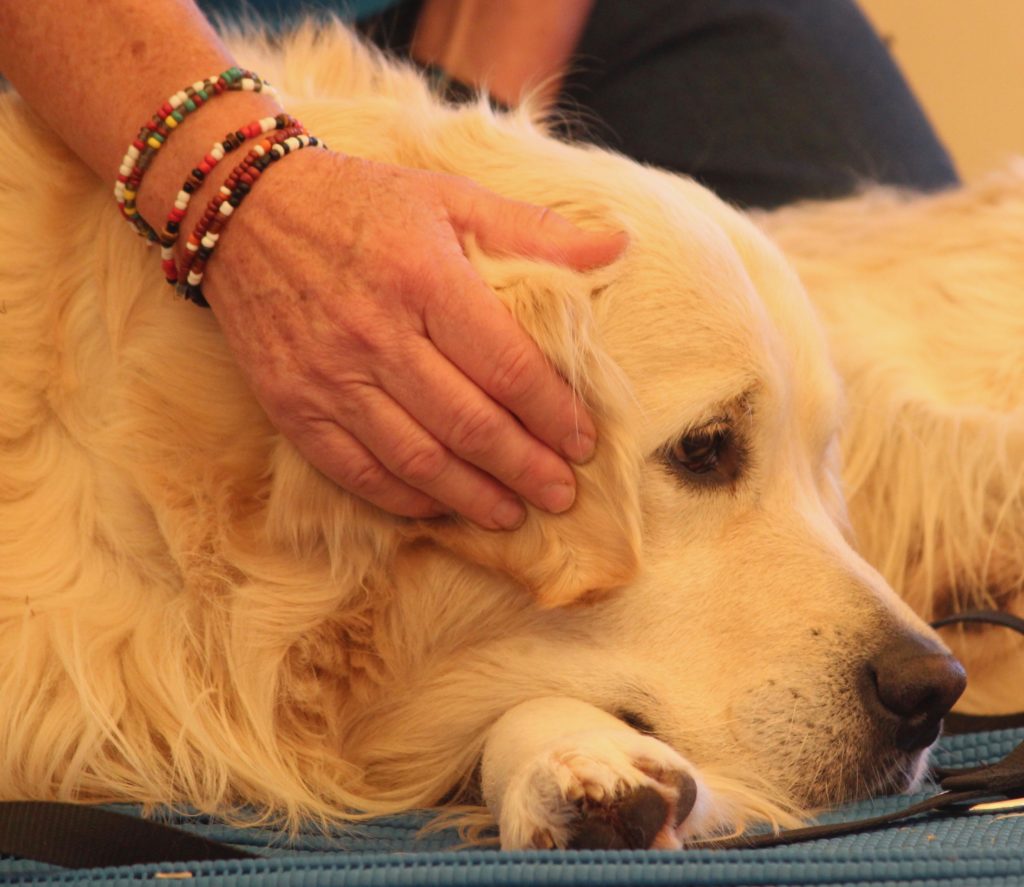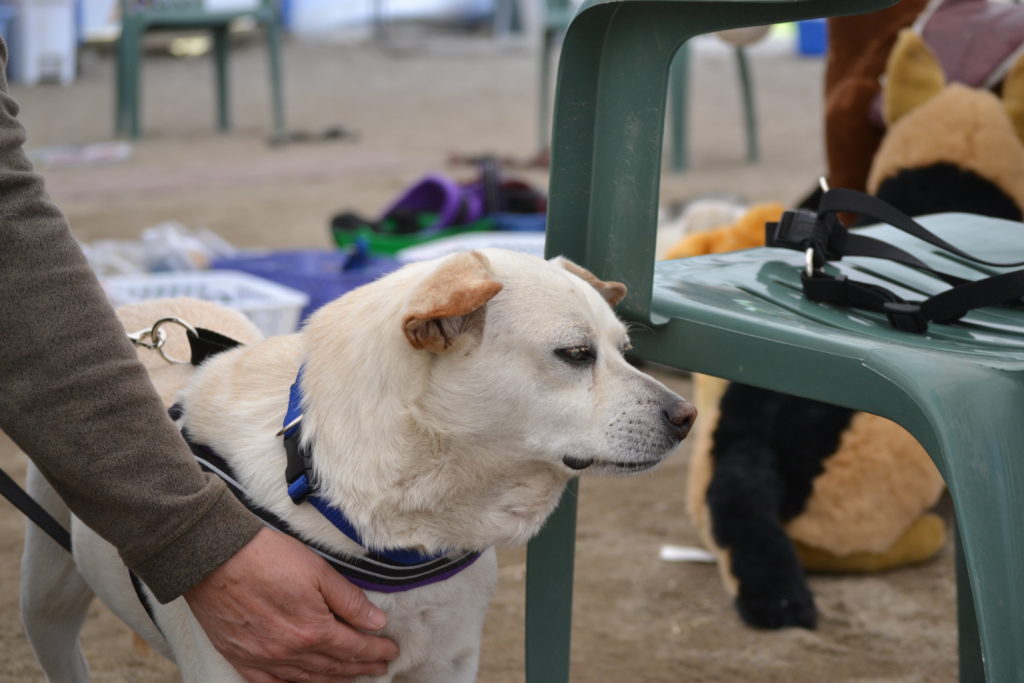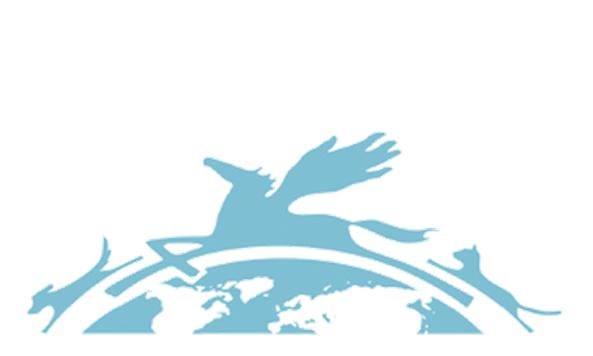Method Goals & Overview

When someone asks, “What is TTouch?”, it can initially be difficult to come up with a succinct yet accurate single sentence answer.
The Tellington TTouch Method is a gentle, respectful, and positive approach to handling, training, and interacting with animals that incorporates bodywork, groundwork, and tools. Due to its “whole animal” approach, there are many facets to the method.
TTouch combines observations and philosophy, bodywork, ground exercises, and equipment to help animals find physical, mental, and emotional balance, as a way of enhancing communication, cooperation, and harmony.
It does not use the escalation of pressure to create behaviour, nor does it rely solely on positive reinforcement, although it works well with Clicker training.
TTouch works to show animals what we want and make the steps as small and easy as possible to keep the learning process low-stress and logical.

One of the most versatile aspects about the Tellington TTouch Method is that it is not an “all or nothing approach”. Our philosophy and attitude is just as meaningful as the specific approach and techniques.
Many people find that they can adapt their current program to include the mindfulness and respect that is paramount to the Tellington TTouch Method. This can result in long lasting and effective results that builds your relationship with any animal you interact with.
The TTouch Method is based on a philosophy of mutual respect and cooperation and serves as a unique system of nonverbal communication with animals.
The Goals of TTouch Include:
- Influencing positive behavioral changes
- Promoting well-being through reduction of stress
- Deepening the relationship and fostering clear communication between people and animals
- Treating animals and their people with equal respect and understanding

The Tellington TTouch Method started with horses in 1975. It was developed by Linda Tellington Jones who was studying with Moshe Feldenkrais, founder of the Feldenkrais Method.
Feldenkrais is a human body awareness method. It focuses on changing posture through non-habitual movements.
Early in her studies, Moshe said, that the body can learn in one session as long as it is done without pain, fear or fear of pain in a non-habitual way. Linda says “her ears pricked up” and immediately knew this was possible for horses as well. She started experimenting with how to adapt the Feldenkrais movements to horses.
Linda combined this knowledge with her existing skills in classical riding to develop the Tellington Method. Robyn Hood, Linda’s younger sister, has been instrumental in the development and promotion of the method.
In the early 1990’s the work began to branch into the dog world and was found to be especially useful on fearful or reactive dogs.

The Tellington TTouch is practiced in over 30 countries across the world and has been used with horses, companion animals, zoo or wild animals and even people. There are over 1000 practitioners on 6 continents worldwide assisting individuals and small groups in learning the Tellington Method.
This Method, based on co-operation and respect, offers a positive approach to training.
Building this self-confidence and self-control means that an animal can adapt and adjust to a variety of situations and settings, even if they have not specifically been exposed to them prior.
We do not use flooding, or encourage “learned helplessness” in animals. The role of the handler is not to be the alpha or dominant one, but rather enhance mutual trust and cooperation for a true partnership.
It can improve performance, health and presents solutions to common behavioural and physical problems. It also helps establish a deeper rapport between humans and animals through increased understanding and more effective communication.

